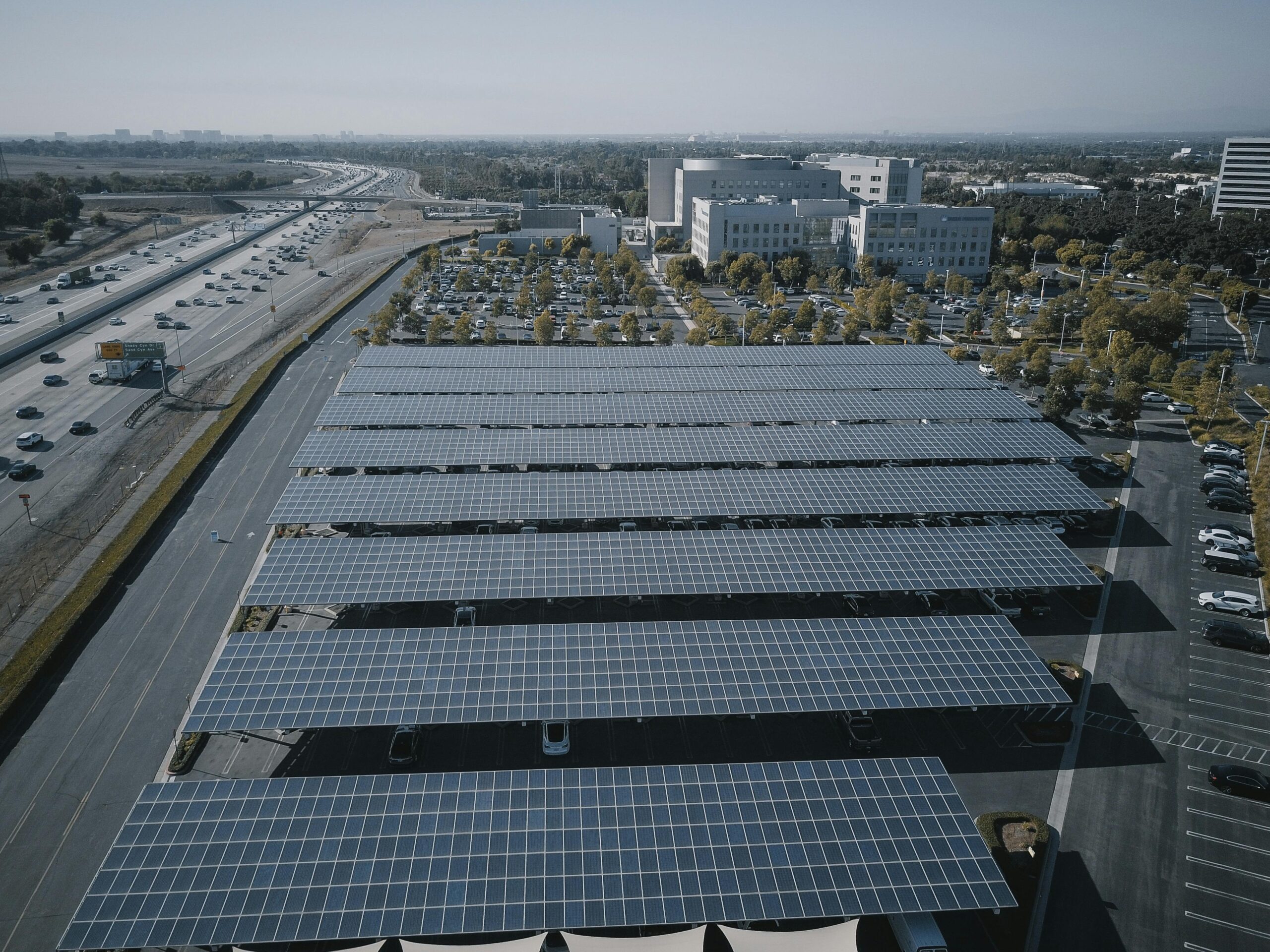Modern power grids face unprecedented cyber threats that demand immediate action. As our electrical infrastructure becomes increasingly digitized, protecting these critical systems from malicious actors is no longer optional—it’s essential.
⚡ The Growing Vulnerability of Modern Power Infrastructure
The transformation of traditional power grids into smart grids has revolutionized energy distribution, enabling real-time monitoring, automated responses, and improved efficiency. However, this digital evolution has simultaneously created new attack surfaces that cybercriminals and nation-state actors are eager to exploit.
Contemporary power grids rely on interconnected networks of supervisory control and data acquisition (SCADA) systems, industrial control systems (ICS), and Internet of Things (IoT) devices. Each connection point represents a potential vulnerability that threat actors can leverage to disrupt operations, steal sensitive data, or cause widespread blackouts affecting millions of people.
The consequences of a successful cyberattack on power infrastructure extend far beyond temporary inconvenience. Critical services including hospitals, emergency response systems, water treatment facilities, and communication networks all depend on reliable electricity. A coordinated attack could paralyze entire regions, threatening public safety and national security.
🔍 Understanding the Threat Landscape
Cyber threats targeting power grids have evolved significantly in sophistication and frequency. Nation-state actors, terrorist organizations, and cybercriminal groups have all demonstrated interest in compromising electrical infrastructure. Historical incidents have proven that these threats are not theoretical—they are real and actively being executed.
The 2015 attack on Ukraine’s power grid marked a watershed moment in cybersecurity history. Hackers successfully disrupted electricity to approximately 230,000 people using sophisticated malware specifically designed to target industrial control systems. This incident demonstrated that modern power grids are vulnerable to coordinated cyberattacks with real-world consequences.
Common Attack Vectors Targeting Power Systems
Threat actors employ various methodologies to infiltrate power grid networks. Phishing campaigns targeting utility employees remain among the most effective entry points, exploiting human vulnerabilities to gain initial access. Once inside the network, attackers move laterally, escalating privileges until they reach critical operational technology systems.
Malware specifically designed for industrial environments poses particularly severe risks. Unlike traditional malware, these specialized tools understand the operational protocols of SCADA systems and can manipulate physical processes. Stuxnet, though not targeting power grids specifically, demonstrated how sophisticated malware could cause physical damage to industrial equipment.
Supply chain compromises represent another critical vulnerability. Adversaries infiltrate the networks of equipment manufacturers or software vendors, embedding malicious code into legitimate products before they reach utility companies. This approach allows attackers to establish persistence within target networks before security teams even recognize the threat.
🛡️ Essential Cybersecurity Measures for Grid Protection
Protecting power infrastructure requires a comprehensive, multi-layered security approach. No single solution can address all potential vulnerabilities, making it essential to implement diverse defensive strategies that work synergistically to detect, prevent, and respond to cyber threats.
Network Segmentation and Air Gapping
Implementing proper network segmentation isolates critical operational technology systems from enterprise IT networks and the internet. This architectural approach limits lateral movement opportunities for attackers who successfully breach perimeter defenses. By creating distinct security zones with controlled communication channels, utilities can contain potential breaches and prevent them from reaching mission-critical systems.
Air gapping—physically isolating critical control systems from external networks—provides the highest level of protection for the most sensitive infrastructure components. While complete isolation isn’t always practical in modern smart grid environments, hybrid approaches that minimize connectivity while maintaining necessary operational capabilities offer substantial security benefits.
Advanced Threat Detection and Monitoring
Traditional signature-based security tools struggle to identify sophisticated attacks designed specifically for industrial environments. Modern utilities must deploy advanced threat detection systems that use behavioral analysis, machine learning, and anomaly detection to identify suspicious activities that deviate from established operational baselines.
Continuous monitoring of network traffic, system logs, and operational data enables security teams to detect intrusions early in the attack lifecycle. Security information and event management (SIEM) platforms aggregate data from diverse sources, correlating events to identify patterns indicative of coordinated attacks. Real-time visibility into both IT and OT environments is crucial for effective incident response.
🔐 Implementing Zero Trust Architecture
The traditional perimeter-based security model assumes that entities inside the network can be trusted. This assumption has proven dangerously flawed in modern threat environments where attackers regularly breach perimeter defenses. Zero trust architecture operates on the principle of “never trust, always verify,” requiring authentication and authorization for every access request regardless of origin.
Implementing zero trust in power grid environments involves establishing identity and access management systems that enforce granular permissions based on user roles, device health, and contextual factors. Multi-factor authentication becomes mandatory for accessing critical systems, significantly raising the bar for attackers attempting to use compromised credentials.
Micro-segmentation within zero trust frameworks creates fine-grained security policies that limit communication between systems to only what is operationally necessary. This approach minimizes the potential impact of compromised devices by preventing them from accessing resources beyond their legitimate operational requirements.
⚙️ Securing Industrial Control Systems
Industrial control systems form the operational heart of power grids, directly managing the generation, transmission, and distribution of electricity. These systems were originally designed decades ago when cybersecurity wasn’t a primary consideration, and many continue operating with outdated protocols lacking modern security features.
Protocol Security Enhancement
Many ICS protocols, including Modbus and DNP3, were developed without encryption or authentication mechanisms. Modernizing these protocols or implementing secure wrappers that add cryptographic protection is essential for preventing unauthorized command injection and data manipulation. Utilities must carefully plan these upgrades to maintain operational continuity while improving security posture.
Implementing intrusion detection systems specifically designed for industrial protocols enables security teams to identify anomalous commands that could indicate compromise. These specialized tools understand the normal operational patterns of SCADA communications and can alert on deviations that traditional security solutions might miss.
Firmware and Patch Management
Keeping industrial control systems updated with the latest security patches presents unique challenges. Unlike traditional IT systems, ICS devices often cannot be taken offline for maintenance without disrupting critical operations. Additionally, some legacy equipment no longer receives security updates from manufacturers, creating permanent vulnerabilities.
Utilities must develop comprehensive patch management strategies that balance operational requirements with security needs. This includes thorough testing of patches in isolated environments before deployment, scheduling maintenance windows during low-demand periods, and implementing compensating controls for systems that cannot be patched.
👥 Building a Security-Conscious Culture
Technology alone cannot secure power infrastructure—people remain both the greatest vulnerability and the strongest defense. Developing a security-conscious organizational culture where every employee understands their role in protecting critical infrastructure is fundamental to effective cybersecurity.
Comprehensive security awareness training must extend beyond annual compliance exercises. Employees need regular, engaging education about current threat tactics, particularly phishing and social engineering techniques that specifically target utility workers. Simulated phishing campaigns help identify individuals requiring additional training while reinforcing vigilance across the organization.
Operational technology personnel require specialized training that addresses the unique security considerations of industrial environments. These professionals must understand how to identify anomalous system behavior, respond appropriately to security incidents, and maintain secure operational practices that don’t compromise safety or reliability.
🤝 Collaboration and Information Sharing
Cyber threats targeting power infrastructure transcend organizational and national boundaries. No single utility possesses complete visibility into the evolving threat landscape, making collaboration and information sharing essential for collective defense.
Industry organizations such as the Electricity Information Sharing and Analysis Center (E-ISAC) facilitate the exchange of threat intelligence, vulnerability information, and best practices among utilities. Participating in these collaborative networks enables utilities to learn from the experiences of peers and implement defensive measures before becoming victims themselves.
Public-private partnerships between utilities, government agencies, and cybersecurity vendors create ecosystems where threat intelligence flows freely and coordinated responses to emerging threats can be rapidly developed and deployed. These relationships prove particularly valuable during active incidents when specialized expertise and resources may be needed quickly.
📊 Regulatory Compliance and Standards
Regulatory frameworks establish baseline security requirements for critical infrastructure protection. In North America, the North American Electric Reliability Corporation Critical Infrastructure Protection (NERC CIP) standards mandate specific cybersecurity controls for bulk electric systems. Compliance with these standards represents the minimum acceptable security posture, not the ultimate goal.
Leading utilities recognize that true security requires exceeding regulatory minimums. While compliance provides a structured framework for implementing essential controls, mature security programs continuously assess emerging threats and implement additional protections that anticipate future requirements rather than merely satisfying current mandates.
International standards including IEC 62351 for power system communications security and ISA/IEC 62443 for industrial automation security provide additional guidance for implementing comprehensive security programs. Adopting these internationally recognized standards facilitates interoperability and ensures security measures align with global best practices.
🚀 Emerging Technologies for Grid Security
Innovative technologies are creating new opportunities for enhancing power grid cybersecurity. Artificial intelligence and machine learning enable more sophisticated threat detection by identifying subtle patterns indicative of advanced persistent threats that evade traditional security tools.
Blockchain technology offers potential applications for securing grid transactions and establishing tamper-evident audit trails for critical operations. Distributed ledger systems can verify the authenticity of commands and data, making it significantly more difficult for attackers to inject malicious instructions without detection.
Quantum cryptography promises to revolutionize secure communications by leveraging quantum mechanical properties to create theoretically unbreakable encryption. While still emerging, this technology could eventually protect the most sensitive power grid communications from even the most capable adversaries.
💡 Incident Response and Recovery Planning
Despite best preventive efforts, utilities must prepare for the possibility of successful cyberattacks. Comprehensive incident response plans enable organizations to detect breaches quickly, contain damage effectively, eradicate threats completely, and recover operations safely.
Incident response teams require specialized training in both cybersecurity and operational technology. Understanding how cyber incidents manifest in industrial environments enables faster recognition and more effective response. Regular tabletop exercises and simulations that test response procedures under realistic scenarios identify gaps in planning and improve coordination between IT, OT, and operational personnel.
Recovery planning must address both technical restoration and operational continuity. This includes maintaining offline backups of critical system configurations, establishing alternative operational procedures that can sustain basic functions during extended cyber incidents, and coordinating with mutual assistance networks that can provide resources during large-scale events.

🌐 The Path Forward: Continuous Improvement
Cybersecurity is not a destination but a continuous journey requiring constant vigilance, adaptation, and improvement. The threat landscape evolves daily as adversaries develop new techniques and discover fresh vulnerabilities. Power utilities must embrace a mindset of perpetual advancement, regularly reassessing their security posture and implementing enhancements that address emerging risks.
Investment in cybersecurity must be viewed as essential infrastructure spending comparable to physical grid improvements. The costs of implementing robust security measures pale in comparison to the potential consequences of successful attacks that could cause widespread outages, equipment damage, and threats to public safety.
Ultimately, securing power grids from cyber threats requires sustained commitment from utility leadership, adequate resource allocation, skilled personnel, advanced technologies, and collaborative partnerships across the industry. The future reliability and resilience of electrical infrastructure depends on the security foundations we build today. By implementing comprehensive cybersecurity measures, embracing emerging protective technologies, and fostering a culture of security awareness, utilities can safeguard the critical power systems upon which modern society depends.
Toni Santos is an urban innovation writer and researcher dedicated to exploring how technology, sustainability, and design are reshaping the cities of tomorrow. With a deep interest in smart infrastructure and human-centered development, Toni studies how data-driven systems and green technologies can create more livable, resilient, and efficient urban environments. Fascinated by sustainable architecture, IoT integration, and next-generation mobility, Toni’s work connects environmental awareness with digital transformation. Through research and storytelling, he examines how intelligent planning and renewable innovation can redefine the relationship between people and their cities. Blending urban design, environmental science, and systems thinking, Toni documents the breakthroughs that are reimagining how we build, move, and coexist. His work highlights the architects, engineers, and technologists leading the charge toward smarter, greener futures. His work is a tribute to: Green architecture as the foundation for sustainable living IoT innovation shaping the infrastructure of connected cities Mobility systems and renewable energy driving urban transformation Whether you’re an architect, engineer, or city planner, Toni Santos invites you to explore the technologies and ideas building the smart, sustainable cities of the future — one street, one system, one vision at a time.




